Researchers from the Wyss Institute for Biologically Inspired Engineering and the Harvard John A. Paulson School of Engineering and Applied and Sciences (SEAS) are using machine learning to personalize the controls of soft exosuits.
The machine learning algorithm rapidly identifies the best control parameters for the soft exosuit to minimize the amount energy the human uses for walking.
The researchers used a technique called “human-in-the-loop optimization.” This uses real-time measurements of human physiological signals, such as breathing rate, to adjust the control parameters. As the algorithm honed in on the best parameters, it directed the exosuit on when and where to deliver assistive force.
The research is described in Science Robotics.
“Before, if you had three different users walking with assistive devices, you would need three different assistance strategies,” said Myunghee Kim, Ph.D., postdoctoral research fellow at SEAS. “Finding the right control parameters for each wearer used to be a difficult, step-by-step process because not only do all humans walk a little differently but the experiments required to manually tune parameters are complicated and time consuming.”
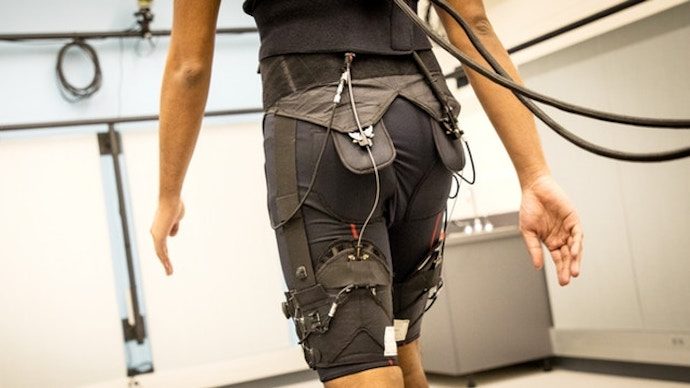
Researchers figured out how to personalize soft exosuits. (Photo Credit: Ye Ding/Harvard University)
Soft Exosuits Put to the Test
The researchers enlisted eight males to walk on a treadmill while wearing the soft exosuits. After about 20 cycles of walking, the computer attached to the suit developed an ideal force profile for each walker. The combination of the algorithm and soft exosuit reduced metabolic cost by 17.4 percent compared to walking without the device. This was a more than 60 percent improvement compared to the team’s previous work.
“Optimization and learning algorithms will have a big impact on future wearable robotic devices designed to assist a range of behaviors,” said Kuindersma. “These results show that optimizing even very simple controllers can provide a significant, individualized benefit to users while walking. Extending these ideas to consider more expressive control strategies and people with diverse needs and abilities will be an exciting next step.”
The researchers will next apply this machine learning technique to a more complex device that simultaneously assists multiple joints, such as hip and ankle.
“With wearable robots like soft exosuits, it is critical that the right assistance is delivered at the right time so that they can work synergistically with the wearer,” said team leader Connor Walsh, Ph.D., Core Faculty member at the Wyss Institute and the John L. Loeb Associate Professor of Engineering and Applied Sciences. “With these online optimization algorithms, systems can learn how do achieve this automatically in about twenty minutes, thus maximizing benefit to the wearer.”
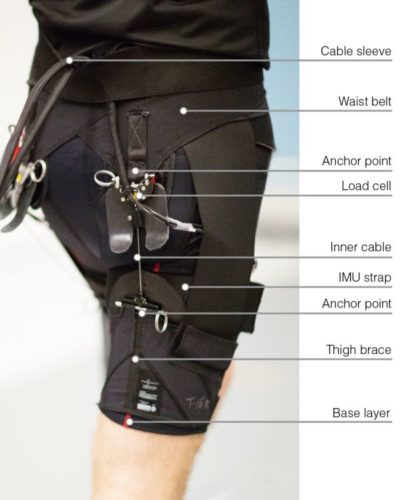
(Photo Credit: Ye Ding/Harvard University)

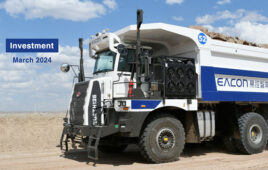
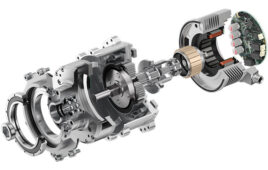
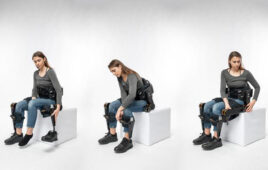
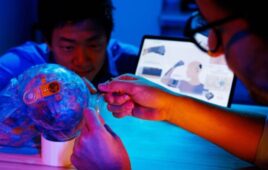
Tell Us What You Think!